In the past, Ha Nam belonged to different administrative units at different levels. The history of this land in a broad sense began in the Neolithic era, over ten thousand years ago. The remains of primitive people in Chuong cave and Giong Lo cave (Thanh Nghi commune, Thanh Liem) are clear evidence that ancient Vietnamese people knew about primitive agriculture .
Following the Bronze Age, dozens of boat graves were discovered and excavated in the Ha Nam region in Moc Bac, Doi Son, Yen Bac (Duy Tien), Chau Son (Phu Ly city) communes... and burial artifacts such as arrowheads, spearheads, rice harvesters, jars... made of bronze, wooden objects, lacquer objects, and ceramics were recovered. In particular, the whole province discovered 21 bronze drums of the brilliant Dong Son culture, including the Ngoc Lu I bronze drum - a national treasure of which a version is displayed at the United Nations headquarters in New York City (USA).
Ha Nam currently has 1,784 relics of all types: 551 communal houses, 490 pagodas, 306 temples, the rest are temples, shrines, ancestral halls, of which 85 relics have been ranked at the national level, 2 relics ranked at the special national level, over 100 relics ranked at the provincial level. The density of relics is relatively high, distributed evenly throughout more than 1,200 villages and hamlets. Besides, Ha Nam also has many famous landscapes combined by ancient architectural works and natural landscapes such as: Truc Temple - Ngu Dong Thi Son, Ba Danh Pagoda - Ngoc Mountain (Kim Bang), Kem Trong, Tien Pagoda - Thong Hill (Thanh Liem), Doi Pagoda - Doi Mountain (Duy Tien), Luon Cave - Ao Dong, Ong Pagoda (Kim Bang). In addition to the system of historical and cultural relics, Ha Nam also preserves a large number of rich relics and antiques, including rare and valuable antiques such as the stele of Giau pagoda (Dinh Xa, Phu Ly city), bronze books (Bac Ly commune, Ly Nhan), stone bell of Dieu pagoda (Vu Ban commune, Binh Luc)... The stele of Sung Thien Dien Linh Pagoda of the Ly dynasty in Doi pagoda (Doi Son commune, Duy Tien) has been recognized by the State as a national treasure, converging unique values of history, culture, religion, literature and art.

Vat Lieu Doi, Liem Tuc commune (Thanh Liem). Photo: Dien Bien
Ha Nam is also a land with rich and diverse intangible cultural heritage. The traditional folk culture of Lieu Doi distributed in Liem Tuc commune and its vicinity is rich in proverbs, idioms, folk songs, folk tales, architecture, and fine arts. The uniqueness and special features of this treasure are the transmission of military books, military tactics, ancient wrestling furnaces, and strange motifs of folk tales, and the concentration of various types of folk culture. In particular, the poem "Hoan Vuong Ca Tich" with 8,878 six-eight verses tells about the life, achievements, characters, and events related to King Le Dai Hanh (Le Hoan).
Ha Nam is also the homeland of unique folk melodies: Dam Quyen Son singing and dancing (Thi Son, Kim Bang), Lai Len singing (Bac Ly, Ly Nhan), folk songs of the Mong River intersection (Duy Tien - Binh Luc - Ly Nhan), Trong Quan singing (Liem Thuan, Thanh Liem)... Folk theater art, especially Cheo theater, is spread throughout the province, with many Cheo plays in communal houses. Water puppetry and dry puppetry, once flourishing, still leave traces in Noi Roi village, Chuong Luong (Bac Ly commune, Ly Nhan). In particular, the Hau Dong ritual and Chau Van singing and dancing have been recognized as national intangible cultural heritages.
Along with the traditional Lieu Doi ethnic wrestling furnace (Thanh Liem), Ha Nam land is also known far and wide for its martial arts wrestling furnaces: Phuc Chau (Hop Ly commune, Ly Nhan; An Bai (Dong Du), Vu Bi (Vu Ban commune, Binh Luc); Phuong Lam (Dong Hoa commune, Kim Bang)...
This land is rich in festivals with nearly 100 village festivals, 6 regional festivals: Tran Thuong Temple Festival (Ly Nhan), Lanh Giang Temple Festival, Doi Pagoda (Duy Tien), Truc Temple Festival (Kim Bang), Lieu Doi Wrestling Festival (Thanh Liem), An Thai Communal Strike Festival (Binh Luc). Notably, the successful restoration of the Doi Son Tich Dien Festival (Duy Tien), the Duc Thanh Tran salary distribution ceremony at Tran Thuong Temple (Ly Nhan), both of which have been recognized as National Intangible Heritage. Festivals in Ha Nam still preserve rituals and games related to the ancient belief in sun worship of wet rice farmers, such as the ball wrestling game at An Mong Temple Festival (Tien Phong Commune, Duy Tien), the ball snatching game at Gua Communal House Festival (Liem Thuan Commune, Thanh Liem), kite flying at Dai Hoang Village Festival (Hoa Hau Commune, Ly Nhan), boat racing at Truc Temple Festival (Thi Son Commune, Kim Bang)...
Ha Nam - a land with many famous handicraft villages, whose products are popular inside and outside the province, such as Ngoc Dong rattan weaving, Nha Xa weaving, Doi Tam drums (Duy Tien), Danh Xa pottery, Que town (Kim Bang), Do Hai fine art horn products (Binh Luc), Hoa Ngai and An Hoa lace embroidery (Thanh Liem)... Ha Nam is also a locality with a culinary culture praised by visitors, such as Dai Hoang royal bananas (used to be offered to the king in the past), persimmons, Nhan Hau braised fish, Van Ly tangerines, Cheu village rice paper (Ly Nhan), Dam beans, spring rolls (Phu Ly city), Ba Sao carp (Kim Bang), Voc wine (Binh Luc), Beo wine (Duy Tien), Phuc Chau (Ly Nhan).

Gia Long pottery production facility, Quyet Thanh pottery village, Que town (Kim Bang). Photo: Luong The
Ha Nam - the land of "Spiritual Land - Talented People". Bao Thai village, Liem Can commune - the paternal hometown of Emperor Le Dai Hanh (Le Hoan); Chay village, Liem Thuan commune, the hometown of the scholar - Historian Le Tung are all in Thanh Liem district. Lung Xuyen village (Yen Bac, Duy Tien), the hometown of revolutionary predecessor Nguyen Huu Tien - the person who painted the Vietnamese national flag. Vi Ha village (Trung Luong commune, Binh Luc) - the hometown of poet Nguyen Khuyen, who was the top scorer in all three exams of Huong, Hoi and Dinh, was honored by his contemporaries as "Tam Nguyen Yen Do". Dai Hoang village (Hoa Hau, Ly Nhan) - the hometown of writer - Martyr Nam Cao was awarded the noble Ho Chi Minh Prize for Literature and Arts, right from the first round (1996).
From the first Confucian Doctorate Examination (1075) to the last examination (1919), Ha Nam had 94 people who passed the Great Examination of the Literary Category, not counting the Great Examination of the Military Category, which has not been fully recorded. Many scholars of Ha Nam made great contributions to the country's politics, education..., including the four Rector of the Temple of Literature - Imperial Academy in Thang Long (Hanoi), namely Le Tung, Truong Cong Giai, Nguyen Mao, Nguyen Ky and Vu Van Ly - Rector of the Temple of Literature - Imperial Academy in Hue (Thua Thien - Hue). These scholars were in charge of the training and talent selection agencies for the country during the Ly, Tran, later Le, Mac and Nguyen dynasties.
In the 20th century and now, Ha Nam has been promoting its historical and cultural traditions, contributing to the country many politicians, military, revolutionaries, and many professors, associate professors, doctors, artists whose names have contributed to the golden history of the Vietnamese nation. Notable among them are the children of Ha Nam who have been awarded the noble Ho Chi Minh Prize for science and technology, literature and art: Writer Nam Cao, Tran Huu Thien (son of writer Nam Cao), Professor Dao Van Tap, Professor Tran Quoc Vuong, writer Huu Mai and many others who have been awarded the State Prize.
Overall, Ha Nam is a North-South, East-West intersection; a transition in terrain, geology, hydrology; the middle route of Vietnamese migration, of the movement of the capital Hoa Lu, Thang Long, Tay Do and even the second capital of the Tran Dynasty, Thien Truong palace... The above characteristics have left a deep mark on the land and people of Ha Nam since ancient times./.
Provincial Information Portal


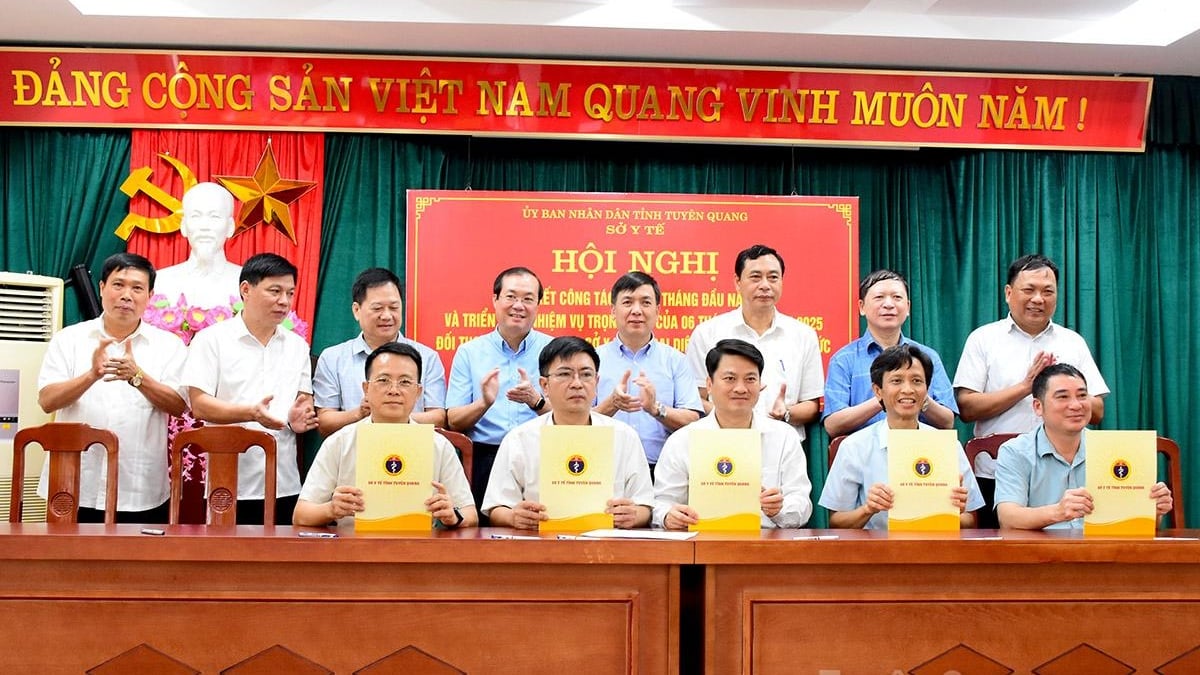
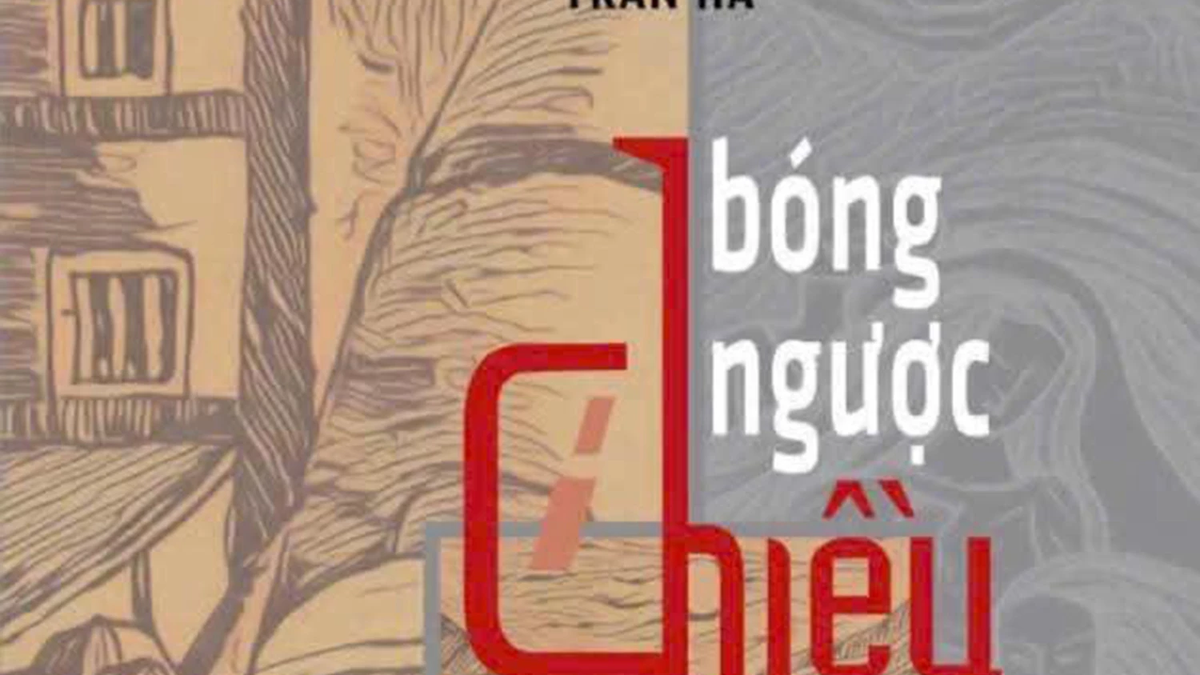


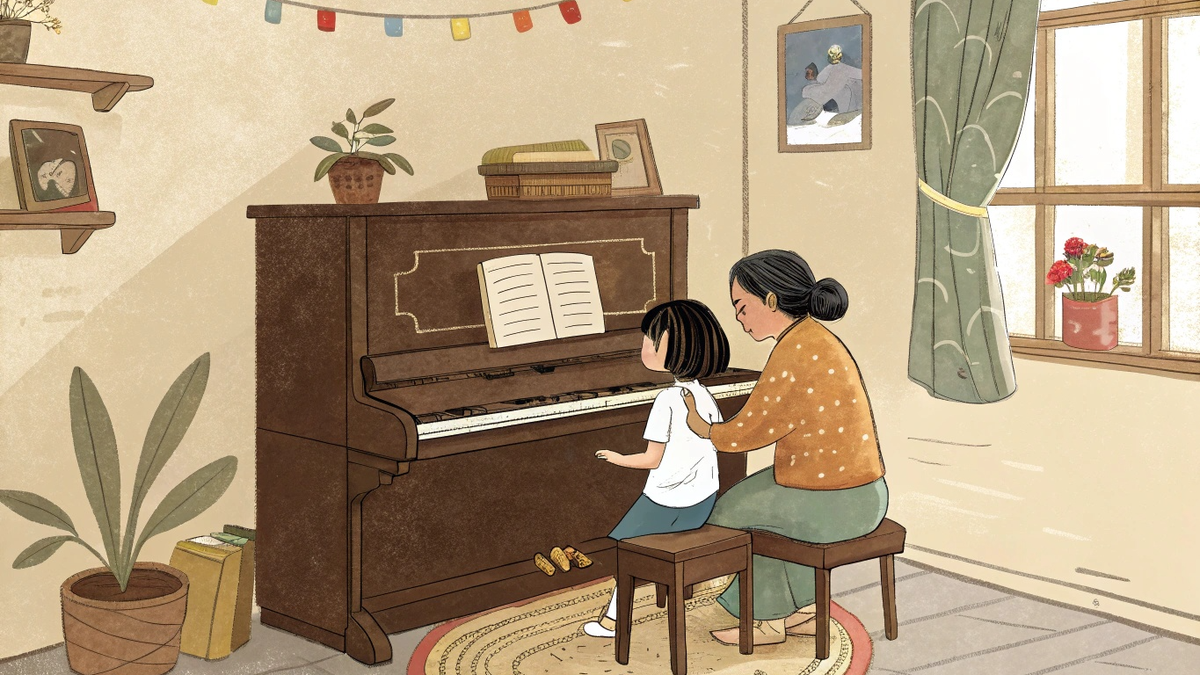
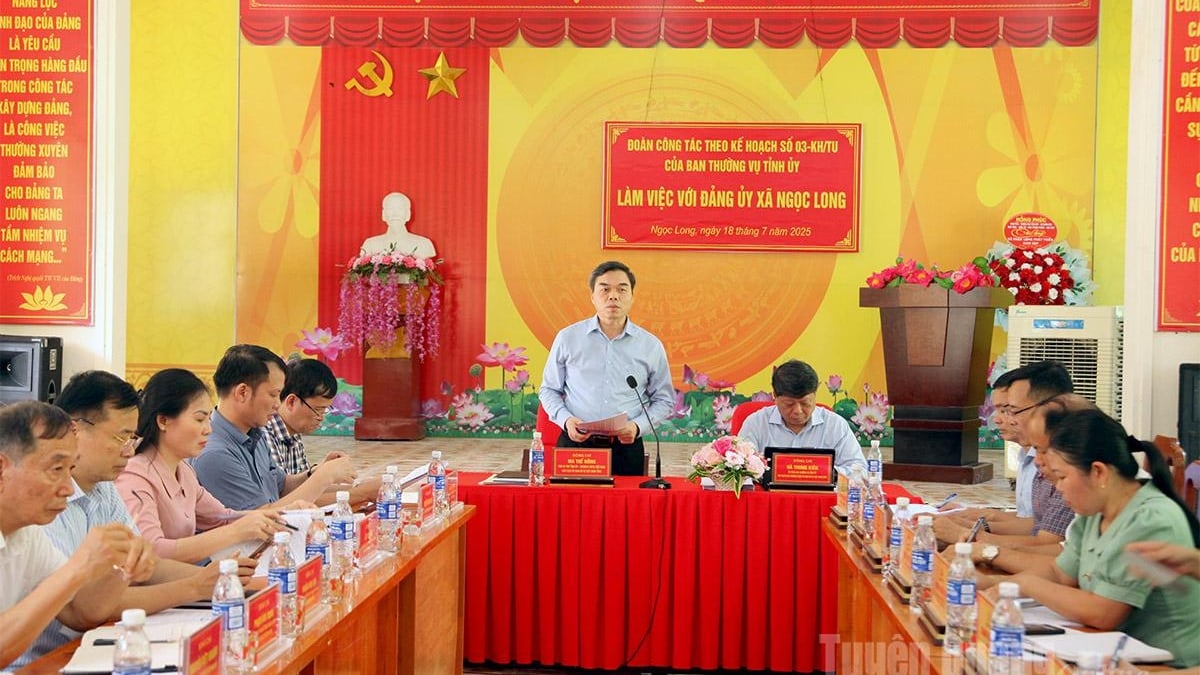

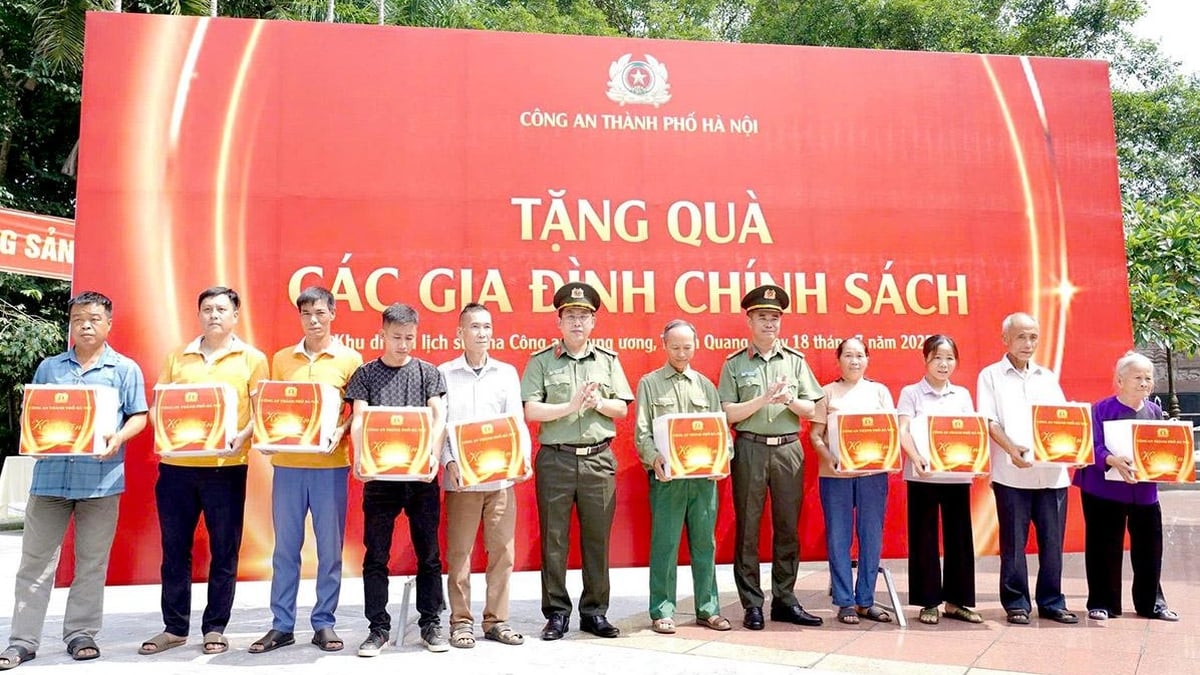
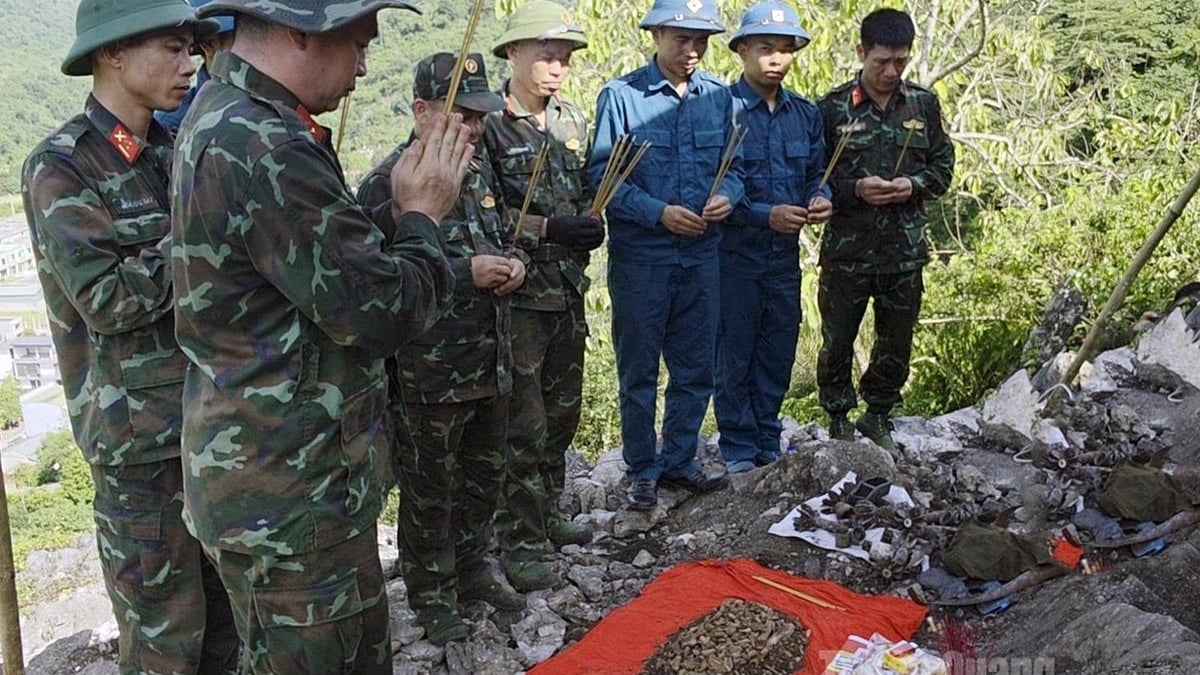
![[Video] More than 100 universities announce tuition fees for the 2025–2026 academic year](https://vphoto.vietnam.vn/thumb/1200x675/vietnam/resource/IMAGE/2025/7/18/7eacdc721552429494cf919b3a65b42e)

















































































![[Infographic] In 2025, 47 products will achieve national OCOP](https://vphoto.vietnam.vn/thumb/402x226/vietnam/resource/IMAGE/2025/7/16/5d672398b0744db3ab920e05db8e5b7d)





Comment (0)